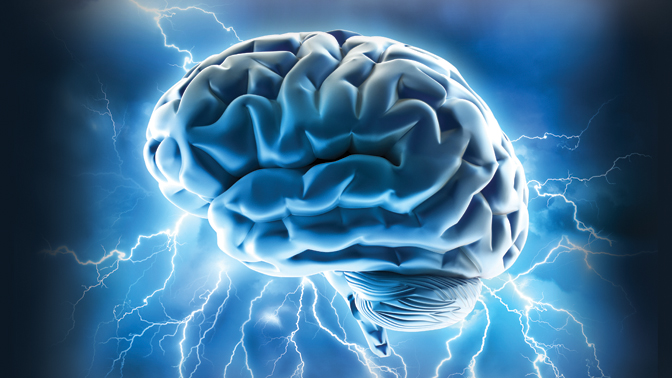
It takes a lot of courage for a patient to receive a treatment requiring a neurosurgeon to drill a hole in their skull and insert electrodes into their brain. That courage reaches heroic levels when the answer to how the treatment works is still unclear.
Deep brain stimulation (DBS) is a treatment that uses implanted electrodes to provide small electric jolts to targeted areas of the brain. It is highly effective at controlling the tremors and slowed movements of Parkinson disease and is typically prescribed when drug therapies fail or lead to unacceptable side effects. Though precisely what the electrical stimulation of DBS is doing to the brain to alleviate those symptoms is not known.
To address this knowledge gap, Krembil Senior Scientist Dr. William D. Hutchison and PhD student Luka Milosevic led a study to examine brain activity in 22 patients after they received DBS to treat Parkinson disease.
The researchers found evidence that DBS induces the release of a chemical known as a gamma-aminobutyric acid (GABA)—which is known to inhibit or reduce electrical activity between brain cells—into the area of the brain where the electrodes are implanted. GABA then acts on neighbouring brain cells to dampen their activity and alter their connections with other cells. The researchers believe that these mechanisms, combined with the unique makeup of different brain regions, help to explain why DBS can cause varying behavioural effects when applied to different parts of the brain.
These findings suggest that DBS helps to control Parkinson symptoms by reducing the abnormal activity and connections of brain cells in affected areas.
Studies such as this one improve our understanding of this complex treatment modality, increasing the odds that DBS can be safely used to treat more patients and more consistently control symptoms such as tremor in Parkinson disease and seizures in epilepsy.
This work was supported by the Canadian Institutes of Health Research, the Natural Sciences and Engineering Research Council and the Dystonia Medical Research Foundation. A Lozano is a Tier 1 Canada Research Chair in Neuroscience.
Milosevic L, Kalia SK, Hodaie M, Lozano AM, Fasano A, Popovic MR, Hutchison WD. Neuronal inhibition and synaptic plasticity of basal ganglia neurons in Parkinson's disease. Brain 2018 Jan 1. doi: 10.1093/brain/awx296.




